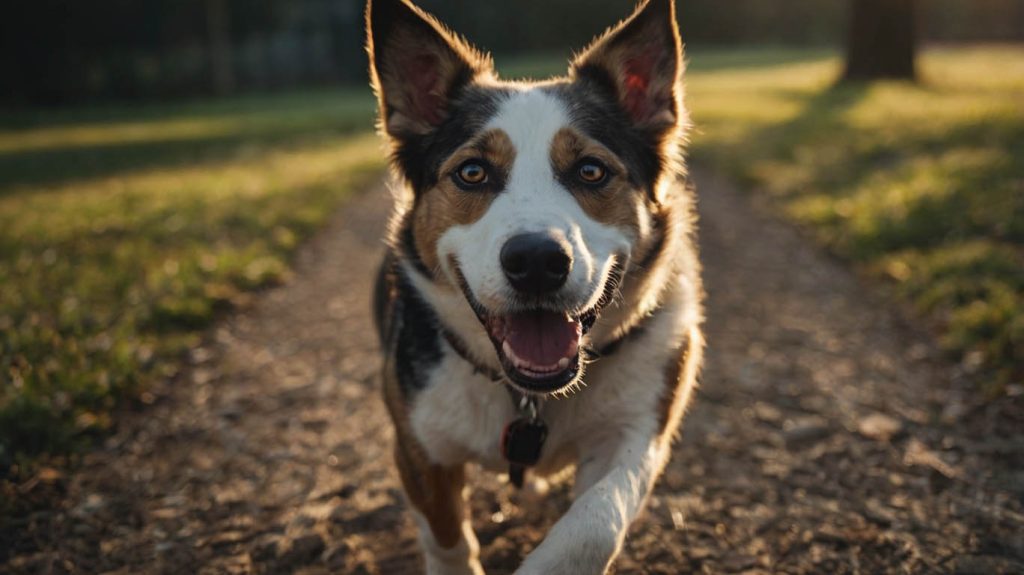There’s no command more essential—and life-saving—than “come.” Whether your pup slips off-leash at the park or dashes toward danger, a reliable recall could make all the difference. But teaching how to get a dog to come on command isn’t just about safety. It’s about building a deeper bond, rooted in trust and responsiveness.
In this in-depth guide, you’ll learn exactly how to train your dog to come every time you call. From beginner steps to advanced recall strategies, we’ll walk through a proven process supported by real success stories, expert advice, and common mistakes to avoid.
Why It’s Critical to Teach Recall Command Early
Dogs are naturally curious and fast-moving. One second, they’re sniffing the grass; the next, they’re halfway down the block. This is exactly why how to get a dog to come on command should be a top training priority.
A reliable “come” builds confidence in off-leash environments and helps prevent anxiety for both you and your dog. Even better, it strengthens your relationship by reinforcing your role as someone worth listening to—no matter what distractions lie ahead.

How to Get a Dog to Come on Command: The Core Steps
Step One: Start Indoors with Zero Distractions
Before heading to the park, begin at home. Indoors, you control the environment, which helps your dog focus. Stand a few feet away, crouch slightly, and say their name followed by “Come!” in an upbeat voice. As soon as they move toward you, reward with excitement and a treat.
Repeat this process multiple times a day. The goal is to create a strong, positive association with the word “Come.”
Step Two: Use High-Value Rewards Consistently
One of the fastest ways to master how to get a dog to come on command is by making it rewarding. Use something your dog can’t resist—small bits of chicken, cheese, or freeze-dried liver. Save these treats exclusively for recall training to boost their value.
The stronger the reward, the more motivated your dog will be to respond—even with distractions nearby.
Step Three: Add Distance Gradually
Once your dog reliably responds at close range, begin increasing the distance. Call them from across the room, then from different rooms, and eventually outdoors in a secure, fenced area.
Keep your voice excited, your energy positive, and your timing consistent. If they hesitate, reduce the distance again. Slow and steady wins the recall race.
How to Get a Dog to Come on Command in Real-Life Situations
Practice Recall in New Environments
Dogs don’t generalize well. Just because they come in the kitchen doesn’t mean they’ll come in the backyard or at the park. That’s why how to get a dog to come on command includes practicing in multiple places.
Use a long leash for safety in open areas. Let your dog wander, then call them back and reward. Slowly introduce more distractions as they improve.
Avoid Negative Associations
Never call your dog to punish them, end playtime, or force them into something unpleasant. If “Come” means bath time or crate time, your dog will begin to ignore it.
Instead, occasionally call your dog just to give them praise or a treat—then let them go back to what they were doing. This keeps the recall cue happy and effective.
Real-Life Story: How Daisy Learned to Come Off-Leash
Daisy, a spirited Border Collie mix, loved the dog park—but she refused to return when called. Her owner, Rachel, felt frustrated and worried about safety.
Rachel started by retraining “Come” from scratch using high-value treats and short indoor sessions. After two weeks, she introduced a 30-foot leash at the park. With consistent praise and rewards, Daisy’s recall improved dramatically.
Today, Daisy plays off-leash confidently and returns every time Rachel calls. What made the difference? Clear cues, patience, and making the reward worth it.
Common Mistakes When Teaching a Dog to Come
Even with the best intentions, some training missteps can backfire. Here’s what to avoid when learning how to get a dog to come on command:
- Repeating the Command Too Often
Saying “Come, come, come!” teaches your dog that the first cue doesn’t matter. Say it once, then follow through with guidance if needed. - Calling in an Angry Tone
Would you run toward someone yelling at you? Dogs feel the same. Keep your voice cheerful and inviting. - Failing to Reward Immediately
Timing is everything. Reward as soon as your dog begins to move toward you, not after they arrive. - Punishing After They Come
Never scold your dog after they return—even if they were slow. Doing so teaches them that “Come” leads to negative outcomes.

Advanced Recall Training Techniques
Use the “Name + Come” Formula
Always say your dog’s name before the command. This gets their attention and prepares them to hear the cue.
Example: “Bailey… Come!”
Play Recall Games for Speed and Fun
Make training exciting by turning it into a game. Try these:
- Hide and Seek: Hide behind a tree or couch and call your dog.
- Chase Me: Run away as you call them to trigger a play response.
- Round Robin: Have family members call your dog from different rooms for rewards.
These games increase enthusiasm for coming when called.
Introduce a Whistle or Unique Cue for Emergencies
Once your dog understands “Come,” you can pair it with a whistle or specific word (like “Here!”) for emergency recall situations. Practice regularly and always reward heavily.
FAQs About How to Get a Dog to Come on Command
When should I start teaching recall?
You can begin as early as 8 weeks old. Puppies respond well to early positive training.
What if my dog runs away during training?
Use a long leash or enclosed space to prevent escapes while building the habit.
How long does it take to teach recall?
It varies. Some dogs pick it up in days, others take weeks. Consistency is key.
Should I use a clicker when training “Come”?
Yes! A clicker helps mark the exact moment your dog makes the right choice.
Can older dogs learn recall too?
Absolutely. With patience and positive reinforcement, dogs of all ages can master it.
What if my dog only comes when they want to?
Up the reward value, reduce distractions temporarily, and stay consistent. Use “Come” for positive experiences only.
Conclusion: Mastering Recall for a Safer, Happier Dog
There’s no better feeling than watching your dog sprint toward you with joy. And once you’ve mastered how to get a dog to come on command, that freedom becomes a daily reality.
Start small. Celebrate every success. And remember, your voice should be the most rewarding sound in your dog’s world. With trust, consistency, and positive reinforcement, your dog will come running—every single time.


